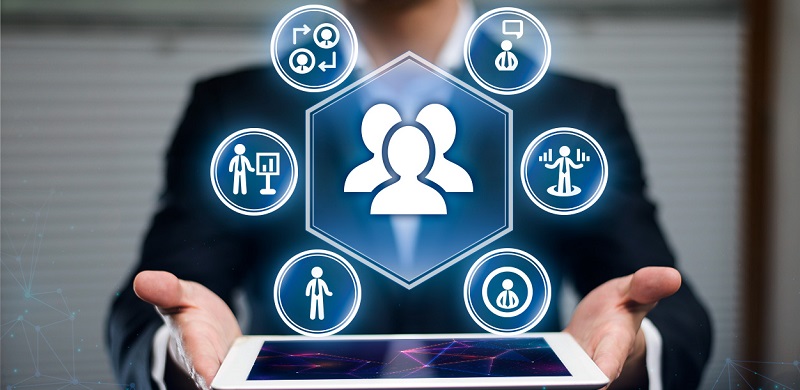Benefits administration is a critical aspect of human resources management as it directly impacts employee satisfaction and retention. To effectively manage benefits, HR leaders need efficient software that offers essential features. This article will delve into the key features that HR leaders should consider when selecting benefits administration software, including integration, support, and ease of use.
Importance of Key Features in Benefits Administration Software
HR leaders must assess their current benefits administration software to determine if it adequately caters to their needs. By ensuring the software has the necessary features, HR can streamline the administration process and enhance the employee experience.
Integration with HR System and Single Sign-On (SSO)
Integration between benefits administration software and the HR system is crucial for ensuring seamless data transfer. Ideally, if the vendor supplying the HR system also offers benefits administration software, integration should not be an issue. Furthermore, SSO capabilities allow employees to access their benefits information without the hassle of creating multiple usernames and passwords.
Benefits Administration Software Integration with Various Provider Systems
Aside from HR system integration, benefits administration software should also seamlessly integrate with various benefits provider systems. This ensures a smooth flow of information between the software and the providers, eliminating redundant manual data entry and minimizing errors.
Interface Functionality for Integration with Provider’s Software
The successful integration of benefits administration software and each provider’s software requires proper interface functionality. It is essential to verify that the software supports the necessary interfaces to establish a reliable connection between different systems.
Integration with Payroll System for Simplified Data Transfer
Integrating benefits administration software with the company’s payroll system is crucial for simplifying the data transfer process. A seamless integration reduces the risk of errors and ensures accurate reporting of benefit deductions and contributions.
Availability of 24/7 Support from Benefits Provider
When selecting benefits administration software, HR leaders should prioritize working with a benefits provider that offers 24/7 support. In the event of queries or issues, having round-the-clock assistance ensures swift resolution and minimizes disruptions for both HR and employees.
Direct Technical Support for Employees from Vendors
Some benefits administration software vendors provide direct technical support to employees, bypassing the internal support team. This approach allows employees to receive immediate assistance, enhancing their user experience and reducing the burden on HR personnel.
Ability to Run Reports as Needed for Benefits Administration
HR team members responsible for benefits administration require software that allows them to generate custom reports as needed. Waiting until the end of the month or relying on the vendor to provide reports could hinder decision-making and analysis. Real-time reporting capabilities empower HR to make data-driven decisions promptly.
Regular Review of Benefits Plans and Making Changes
Companies typically review benefits plans every year or two and make necessary changes, such as adjusting prices or adding new offerings. It is essential that the benefits administration software supports plan modification and updates to ensure accurate calculations and allocations.
Support for SSO to Simplify Employee Access
To enhance the employee experience, benefits administration software should support SSO. This capability eliminates the need for employees to create a new username and password, allowing them to access their benefits information seamlessly.
Selecting the right benefits administration software is crucial for HR leaders aiming to streamline their processes and provide a seamless experience for employees. By considering key features such as integration, support, and ease of use, HR can find the software that best aligns with their organizational goals and enhances employee engagement and satisfaction.

